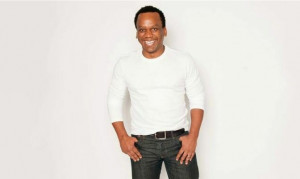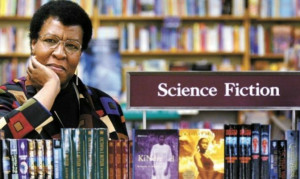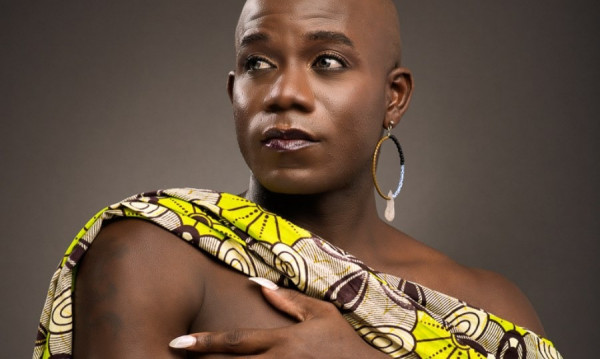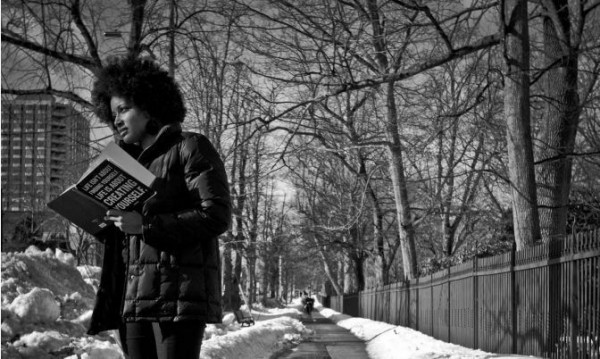To the right of the entrance, my eyes are set upon a ‘classroom’, in white chalk on blackboard, it reads, the Watah School, yet, rather than being anchored by desks, chairs, signs and charts; this learning wall is supported by open space. The freedom to explore the self and that which impacts the self is the struggle of the artist. How are you different from the artists that came before you? What will you contribute? What legacy will you leave behind? It seems the bane of the artist is finding a way to stand out and stake claim to artistic space. In “allowing myself to experience the natural inquisitive nature of myself”, d’bi young has created a new artistic space, free of restrictions, enclosures and lines.
“I opened a new school in Toronto for artists because I want to learn from artists.”
d’bi young’s teaching principles did not begin with her, by her own admission, they began with her mother, dub poet pioneer Anita stewart. Stewart, while studying at the Edna Manley College for the Performing Arts explored dub poetry as a theatre form in her final thesis. d’bi’s work is undoubtedly the continuous layering of her mother’s work, leading to the creation of ‘the sorplusi method’. Rooted in eight guiding principles (self-knowledge, orality, rhythm, political content and context, language, urgency, sacredness and integrity), the sorplusi method is lived learning; challenging the artist or practitioner to name self, embrace the ‘inquisitive nature of being’, while engaging with each other.
It is not surprising that d'bi young’s teaching pedagogy would be rooted in mentorship, sharing, community and accountability. In describing her artistic journey, young begins with the community--- the home (her mother), the teachers, the neighbours, aunts and uncles, the artistic community and the political community. “My mentorship is what I have experienced. I am doing what has been done for me,” is the response she gives when asked how she came to be in this moment.
“Sorplusi is a healing practice because art heals… art is a part of the community. I am not doing anything special; this is how it has always been done… this is the legacy left by Africa, by our ancestors. This art is not mine to keep.”
The Watah School is only one of the ways to experience d’bi’s community learning method. She is currently designing the inaugural Stephen Lewis Foundation arts and AIDS academy using the sorplusi method. Art, theatrical practice and performance are a part of the community-led response to the AIDS pandemic in Africa. The academy will bring nine community arts activists to Toronto to participate in ground-breaking workshops led by d’bi. “The Arts Academy will be a mutual space of teaching, healing and learning.”
d'bi young unquestionably believes in the global community. Seven years ago, she founded Yemoya, a 3 week international artist residency hosted biannually in a different country. In that time d’bi has mentored over 50 artists globally.
Jamaican-Canadian photographer, Wade Hudson, who is also a close friend, experienced the Yemoya residency in Jamaica while shooting an editorial for UK-based Wired Magazine. This experience gave birth to ‘The Faces of Yemoya’, a photo-book to showcase the alumni artists of the program. There is currently an indiegogo campaign to raise funds for the publication of this celebration of the artistic community. You can pledge your support here.
d'bi young is gearing up for her next residency in Hawaii in August 2014. Yemoya is for all artists- from the emerging to the experienced.
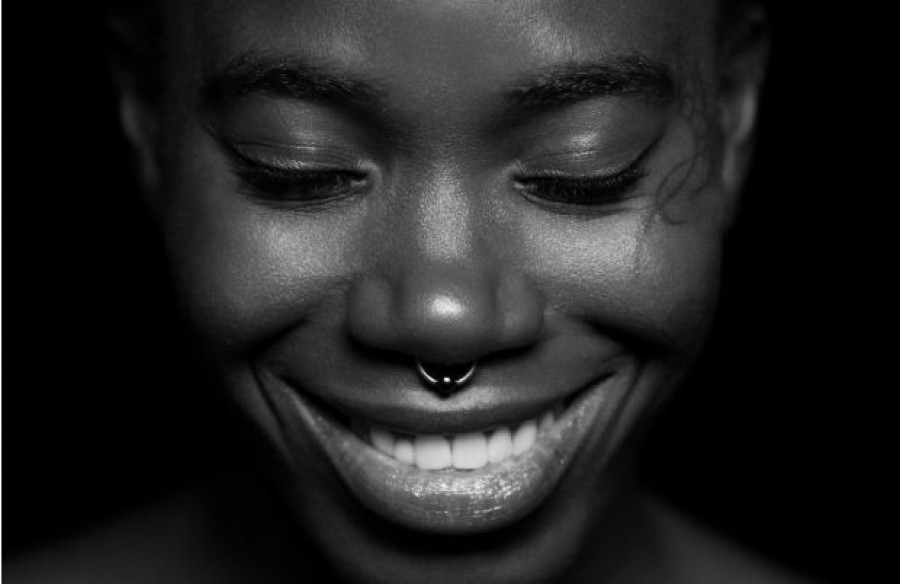
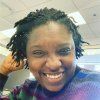 By
By 




